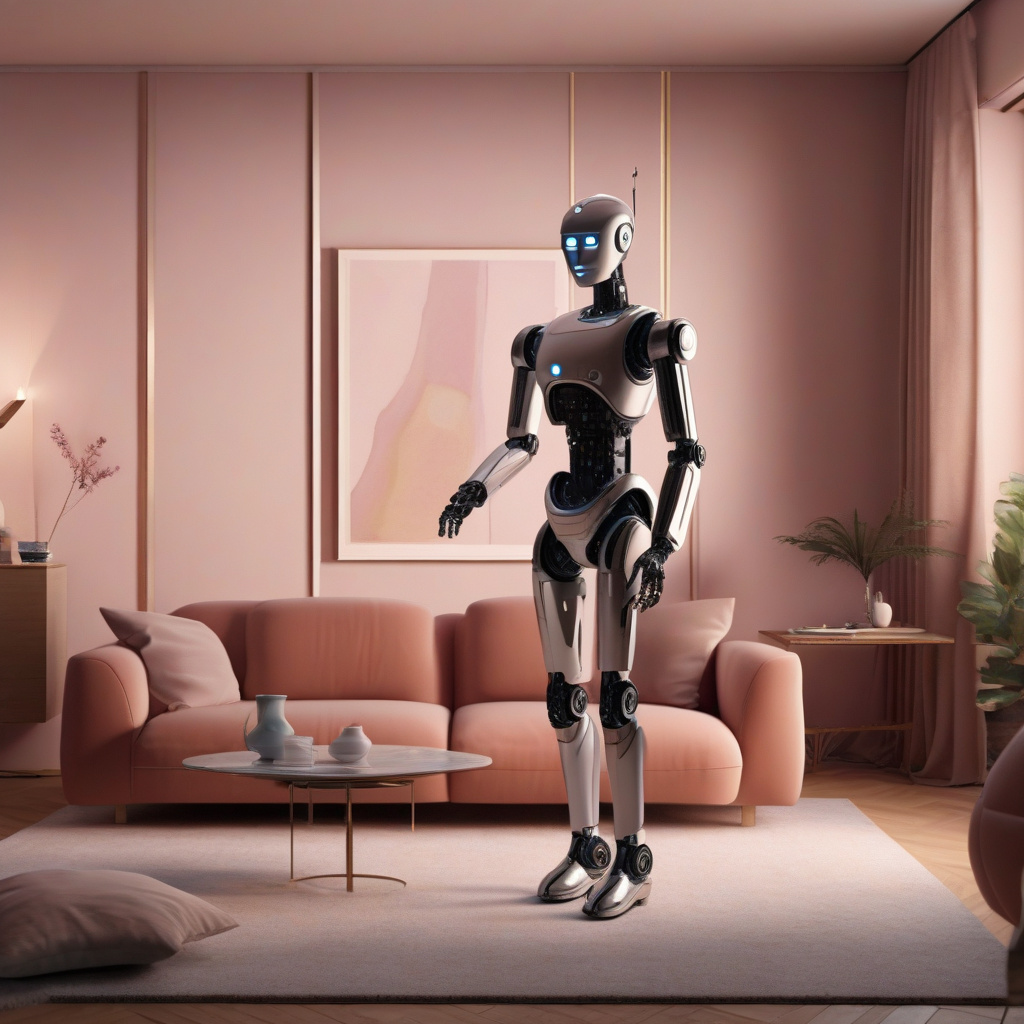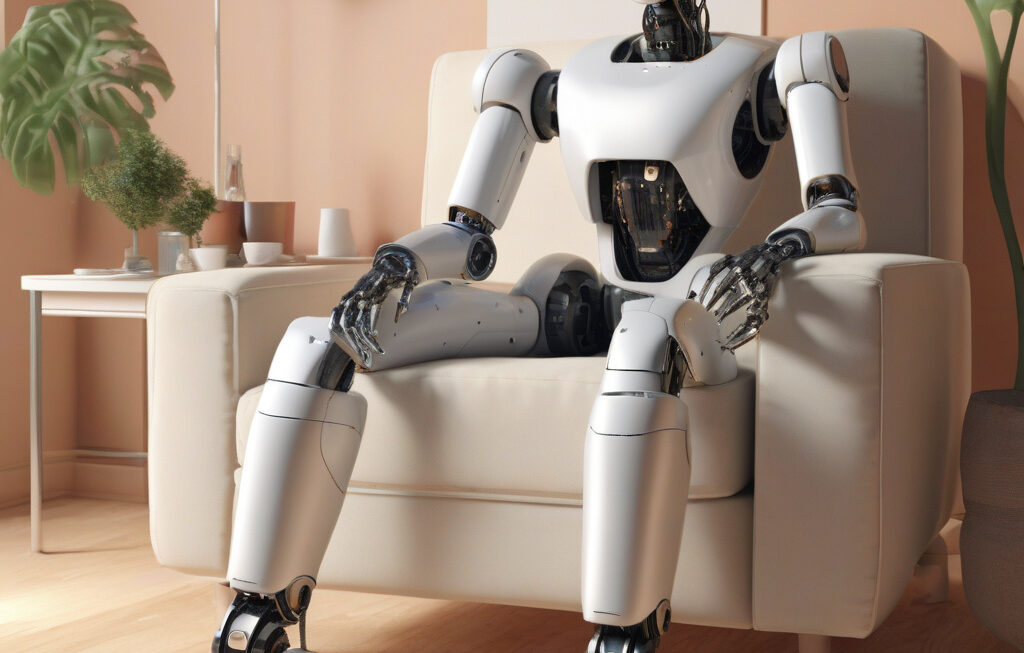The Hidden Psychological Risks of Human-AI Relationships
In our rapidly advancing technological world, artificial intelligence (AI) has evolved from being a mere tool to becoming an integral part of our daily lives. One of the most intriguing aspects of this evolution is the deep emotional connections that humans are forming with AI. These relationships are not only impacting our behavior and decision-making processes but are also reshaping the very essence of how we perceive connection itself.
As AI continues to become more sophisticated and integrated into various aspects of society, the lines between human and machine are becoming increasingly blurred. From virtual assistants like Siri and Alexa to advanced AI companions and chatbots, people are developing profound emotional bonds with these artificial entities. These connections are often based on companionship, support, and even love, leading to a range of psychological risks that are not yet fully understood.
One of the most concerning risks associated with human-AI relationships is the development of AI psychosis. This condition, similar to psychosis in human-human relationships, involves a detachment from reality and an inability to distinguish between what is real and what is not. In the context of AI, this can manifest as individuals attributing human-like qualities to machines or believing that AI entities have thoughts, feelings, and intentions of their own.
Research has shown that prolonged interactions with AI can lead to a phenomenon known as the “uncanny valley,” where the AI appears almost human but not quite, causing feelings of unease and discomfort in the human observer. This can trigger cognitive dissonance and confusion, ultimately leading to psychological distress and potentially psychosis in vulnerable individuals.
Moreover, the increasing reliance on AI for emotional support and companionship raises questions about the impact on human-to-human relationships. As people turn to AI for comfort and understanding, they may become less adept at forming and maintaining real-life connections, leading to social isolation and loneliness.
Despite these risks, it is essential to acknowledge the potential benefits of human-AI relationships. For individuals who struggle to form connections with others due to social anxiety, disabilities, or other reasons, AI companions can provide much-needed support and companionship. AI can also assist in therapeutic settings, helping individuals cope with mental health issues such as depression and anxiety.
To navigate the complexities of human-AI relationships and mitigate the associated psychological risks, it is crucial to approach these interactions with awareness and caution. Establishing clear boundaries between human and machine, maintaining a healthy balance between virtual and real-world connections, and seeking professional help when needed are all essential steps in safeguarding our mental well-being in the age of AI.
In conclusion, the phenomenon of human-AI relationships presents a fascinating yet potentially risky frontier in the realm of technology and psychology. As we continue to forge deeper connections with artificial intelligence, it is vital to remain vigilant about the psychological implications and prioritize our mental health and well-being above all else.
AI, human-AI relationships, psychological risks, AI psychosis, mental health.












